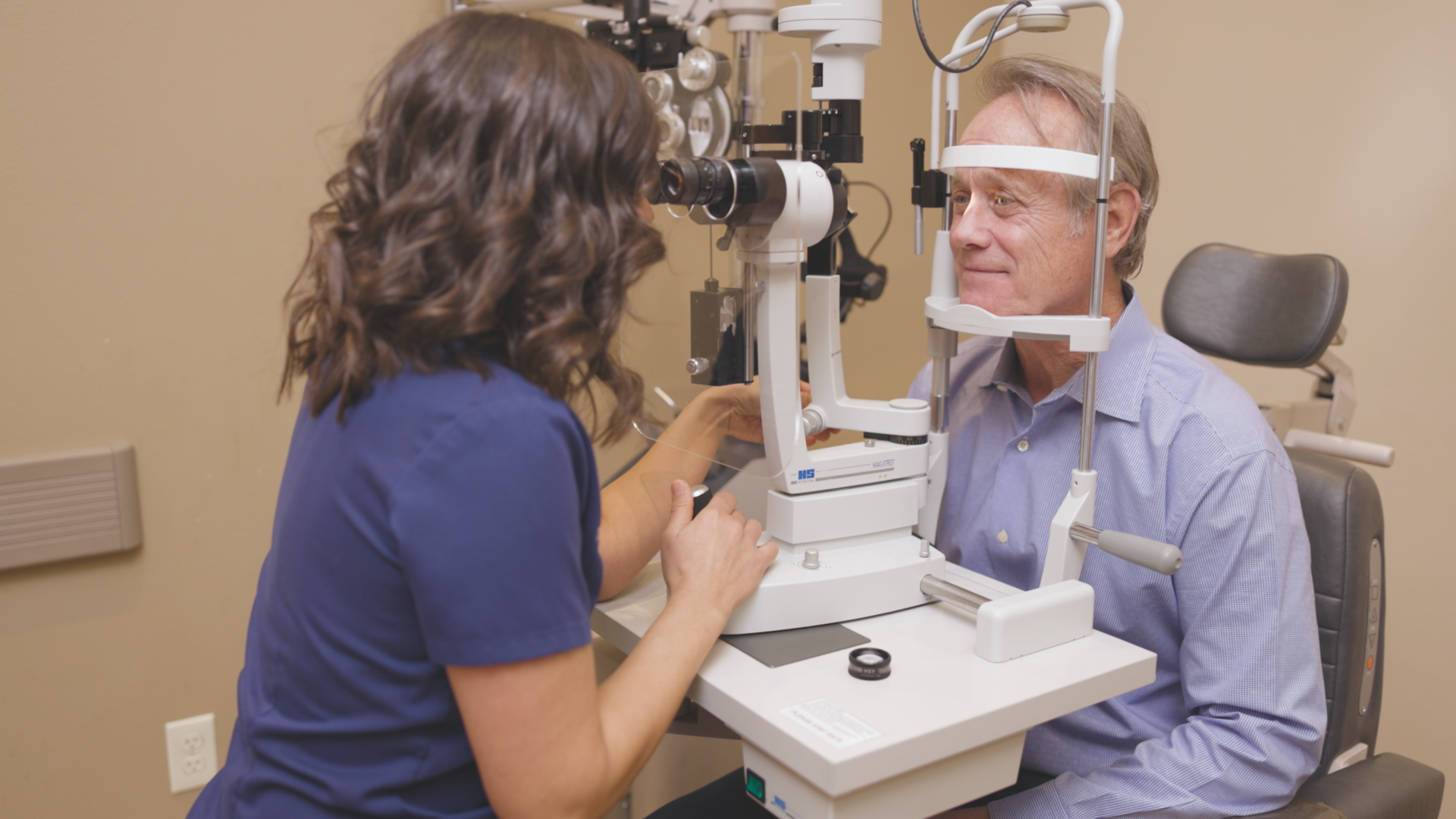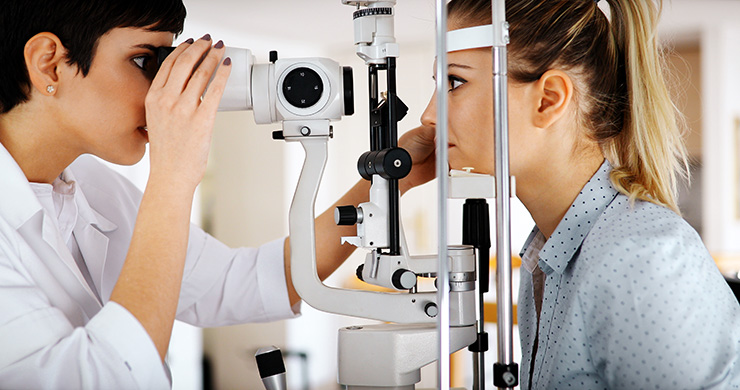Locate a Trusted Optometrist Chino for Family Eye Treatment Solutions
Locate a Trusted Optometrist Chino for Family Eye Treatment Solutions
Blog Article
Checking Out the current Technical Advancements in Optometry and What They Mean for Eye Doctors
In the ever-evolving area of optometry, recent technological developments are reshaping how practitioners come close to eye care. From the accuracy of Optical Coherence Tomography to the nuanced understandings provided by AI-driven analysis tools, these technologies are establishing new requirements in patient analysis and treatment. Teleoptometry is positioned to redefine accessibility, making certain that expertise goes beyond geographical limitations. As these innovations permeate the technique, eye doctors are faced with the difficulty of welcoming these devices to enhance individual outcomes. The question stays: just how will these technological shifts redefine the functions and duties within the career?
Advancements in Diagnostic Devices
Progressing the area of optometry, innovations in diagnostic tools have transformed the means eye treatment specialists assess and identify visual disabilities and ocular conditions. The past years has actually observed significant technical advancements, enabling more accurate and comprehensive analyses. Optical Comprehensibility Tomography (OCT), as an example, gives high-resolution cross-sectional photos of the retina, enabling the very early discovery of conditions such as glaucoma and age-related macular deterioration. This non-invasive imaging strategy has ended up being crucial in modern optometric technique.
An additional key innovation is the intro of advanced corneal topography systems, which map the surface curvature of the cornea with accuracy. These tools are especially advantageous for suitable contact lenses and identifying corneal disorders. Moreover, digital retinal imaging has changed traditional ophthalmoscopy, using detailed, scenic sights of the retina that facilitate complete visual assessments.
The development of wavefront aberrometry has also been critical, enabling the analysis of refractive errors with unequaled precision (Eye Doctor Optometrist). This innovation helps in personalizing rehabilitative lenses and boosting medical end results for refractive surgical procedures. Jointly, these analysis developments equip eye doctors to provide remarkable individual treatment, making sure early intervention and tailored therapy approaches, inevitably boosting visual health and wellness outcomes
AI in Patient Management
Structure on the foundation of advanced analysis tools, the unification of man-made knowledge (AI) in person administration stands for a transformative jump for optometry. AI systems are significantly utilized to enhance effectiveness, accuracy, and personalization in patient care.
Furthermore, AI-driven platforms facilitate structured patient interactions and management processes. Automated scheduling, digital assessments, and individualized follow-up plans not only boost patient contentment however additionally optimize time monitoring for professionals. These systems can triage clients based upon the urgency of their problems, ensuring that those in critical requirement get punctual interest.
Moreover, AI boosts decision-making by providing optometrists with evidence-based suggestions and therapy paths. By integrating data from digital wellness documents, AI devices offer insights that inform scientific choices, minimizing the threat of mistakes and boosting patient outcomes. As AI continues to progress, its function in individual monitoring will likely increase, improving the landscape of optometric treatment.
Breakthroughs in Retinal Imaging
In the world of optometry, retinal imaging has experienced impressive technical advancements that are improving diagnostic capacities and client treatment. Innovations such as Optical Coherence Tomography (OCT) and fundus digital photography have transformed how eye doctors imagine and assess the retina.
Improved imaging modalities like OCT angiography are additional refining analysis accuracy. Opticore Optometry. Such innovations help with the recognition of minute retinal adjustments that might represent condition progression.
In addition, developments in expert system are boosting retinal imaging by allowing automated evaluation of large datasets. These systems assist eye doctors in recognizing patterns indicative of pathology, thus improving analysis precision and performance. Jointly, these innovations are transforming retinal imaging into a cornerstone of contemporary eye care, enhancing results and broadening healing opportunities.
Teleoptometry's Expanding Duty
Teleoptometry is significantly coming to be a vital component of eye treatment, driven by innovations in electronic interaction and analysis devices. As optometry welcomes electronic makeover, teleoptometry facilitates remote assessments, enabling optometrists to extend their services past recommended you read traditional boundaries. This is specifically advantageous in underserved and country locations where access to specialized eye our website care is typically restricted. By leveraging high-resolution video conferencing and advanced retinal imaging, eye doctors can carry out detailed eye examinations from afar, making sure prompt medical diagnosis and therapy.
The assimilation of fabricated intelligence (AI) more improves teleoptometry, enabling the evaluation of visual information and aiding in the discovery of ocular problems such as glaucoma and diabetic retinopathy. AI-powered algorithms can swiftly analyze complicated imaging information, supplying optometrists with useful insights that boost medical decision-making.
Additionally, teleoptometry supports connection of treatment via seamless combination with digital health and wellness documents (EHRs), allowing optometrists to keep detailed person histories. This makes certain that individuals get individualized and regular care even when seeking advice from with various professionals.
Regardless of these advantages, challenges stay, including guaranteeing data protection and managing person expectations. Nonetheless, teleoptometry represents a substantial stride in the direction of even more accessible, reliable, and patient-centered eye care. As modern technology progresses, its duty is poised to expand additionally.

Future Patterns in Eye Care
A myriad of cutting-edge trends is established to improve the future of eye treatment, driven by technological advancements and the developing requirements of patients. One considerable trend is the combination of man-made intelligence (AI) in diagnostics, which assures to boost the precision and efficiency of eye examinations. AI formulas can analyze substantial quantities of data from retinal photos, possibly detecting problems like diabetic retinopathy and glaucoma earlier than conventional approaches.
Furthermore, customized medicine is getting grip in optometry, with genetic screening informing tailored treatment strategies. This technique intends to enhance client results by customizing interventions to specific hereditary accounts. Wearable technology, such official statement as smart contact lenses, is also coming up, providing real-time monitoring of intraocular pressure or glucose degrees, hence offering continuous understandings right into systemic and eye wellness.
The fostering of enhanced reality (AR) and online fact (VR) in training and person education and learning is one more arising trend. These technologies supply immersive experiences that can improve understanding and abilities both for patients and eye doctors. As these trends evolve, optometrists have to remain abreast of technological improvements to provide sophisticated treatment, guaranteeing improved client results and satisfaction in the dynamic landscape of eye care.
Final Thought

Jointly, these analysis developments encourage eye doctors to deliver premium individual treatment, making sure very early treatment and tailored treatment techniques, inevitably enhancing aesthetic health outcomes.

As these technologies proceed to develop, eye doctors need to adapt and include them right into method, inevitably enhancing workflow effectiveness and raising the criterion of eye treatment delivered to clients.
Report this page